State-of-the-Art Review on the Energy Performance of Semi-Transparent Building Integrated Photovoltaic across a Range of Different Climatic and Environmental Conditions
Abstract
:1. Introduction
1.1. Advantages of BIPV
1.2. Framework for Analysing Energy Performance
2. Power Performance
2.1. PCE of Different Technologies
2.1.1. Silicon-Based Crystalline Solar Cells
2.1.2. Thin-Film Solar Cells
2.1.3. Coloured BIPV Technologies
2.1.4. New Concept Devices
2.2. Efficiency of DC-AC Conversion Process
2.3. Efficiency of Irradiation Capture
3. Thermal Performance
3.1. Solar Heat Gain (g-Value)
3.2. Thermal Transmittance (U-Value)
4. Optical Performance
5. Climatic and Environmental Effects
5.1. Climatic Effect on PCE
5.2. Environmental Effect on Irradiation Capture
5.2.1. Effect of Angle of Orientation and Inclination
5.2.2. Effects of Shading
5.2.3. Effect of Soiling on Irradiation Capture
5.2.4. Effect Is Retrofitting
5.3. Climatic Effect on Thermal and Optical Efficiency
6. Emerging Technology
7. Conclusions
Author Contributions
Funding
Institutional Review Board Statement
Informed Consent Statement
Data Availability Statement
Conflicts of Interest
References
- Gielen, D.; Boshell, F.; Saygin, D.; Bazilian, M.D.; Wagner, N.; Gorini, R. The role of renewable energy in the global energy transformation. Energy Strategy Rev. 2019, 24, 38–50. [Google Scholar] [CrossRef]
- Transforming Our World: The 2030 Agenda for Sustainable Development. Department of Economic and Social Affairs. Available online: https://sdgs.un.org/2030agenda (accessed on 28 April 2021).
- Owusu, P.A.; Asumadu-Sarkodie, S. A review of renewable energy sources, sustainability issues and climate change mitigation. Cogent Eng. 2016, 3, 1167990. [Google Scholar] [CrossRef]
- Lucchi, E.; Lopez, C.S.P.; Franco, G. A conceptual framework on the integration of solar energy systems in heritage sites and buildings. IOP Conf. Ser. Mater. Sci. Eng. 2020, 949, 012113. [Google Scholar] [CrossRef]
- Snow, M. Designing with Solar Power: A Source Book for Building Integrated; Routledge: London, UK, 2014. [Google Scholar]
- Zhang, T.; Wang, M.; Yang, H. A Review of the Energy Performance and Life-Cycle Assessment of Building-Integrated Photovoltaic (BIPV) Systems. Energies 2018, 11, 3157. [Google Scholar] [CrossRef] [Green Version]
- Husain, A.A.; Hasan, W.Z.W.; Shafie, S.; Hamidon, M.N.; Pandey, S.S. A review of transparent solar photovoltaic technologies. Renew. Sustain. Energy Rev. 2018, 94, 779–791. [Google Scholar] [CrossRef]
- Strong, S.J. The Dawning of Solar Electric Architecture: Feature: Photovoltaics in Buildings. Sunworld 1996, 20, 3–5. [Google Scholar]
- Biyik, E.; Araz, M.; Hepbasli, A.; Shahrestani, M.; Yao, R.; Shao, L.; Essah, E.; Oliveira, A.C.; del Caño, T.; Rico, E.; et al. A key review of building integrated photovoltaic (BIPV) systems. Eng. Sci. Technol. Int. J. 2017, 20, 833–858. [Google Scholar] [CrossRef]
- Borrebæk, P.-O.A.; Jelle, B.P.; Zhang, Z. Avoiding snow and ice accretion on building integrated photovoltaics—Challenges, strategies, and opportunities. Sol. Energy Mater. Sol. Cells 2020, 206, 110306. [Google Scholar] [CrossRef]
- Jelle, B.P.; Hynd, A.; Gustavsen, A.; Arasteh, D.; Goudey, H.; Hart, R. Fenestration of today and tomorrow: A state-of-the-art review and future research opportunities. Sol. Energy Mater. Sol. Cells 2012, 96, 1–28. [Google Scholar] [CrossRef] [Green Version]
- Liu, B.; Duan, S. Energy efficiency evaluation of building integrated photovoltaic systems with different power configurations. Simul. Model. Pract. Theory 2012, 29, 93–108. [Google Scholar] [CrossRef]
- Gürtürk, M.; Benli, H.; Ertürk, N.K. Effects of different parameters on energy—Exergy and power conversion efficiency of PV modules. Renew. Sustain. Energy Rev. 2018, 92, 426–439. [Google Scholar] [CrossRef]
- Hacker, V. Fuel Cells and Hydrogen: From Fundamentals to Applied Research; Elsevier: Amsterdam, The Netherlands, 2018. [Google Scholar]
- Photovoltaic Research: NREL. Available online: https://www.nrel.gov/pv/ (accessed on 17 April 2018).
- Zeman, M. Thin-Film Silicon PV Technology. J. Electr. Eng. 2010, 61, 271–276. [Google Scholar] [CrossRef] [Green Version]
- Breivik, C. Building Integrated Photovoltaics-A State-of-the-Art Review, Future Research Opportunities and Large-Scale Experimental Wind-Driven Rain Exposure Investigations. Available online: https://ntnuopen.ntnu.no/ntnu-xmlui/handle/11250/232230 (accessed on 28 April 2021).
- Pelle, M.; Lucchi, E.; Maturi, L.; Astigarraga, A.; Causone, F. Coloured BIPV Technologies: Methodological and Experimental Assessment for Architecturally Sensitive Areas. Energies 2020, 13, 4506. [Google Scholar] [CrossRef]
- Maturi, L.; Belluardo, G.; Moser, D.; Del Buono, M. BiPV System Performance and Efficiency Drops: Overview on PV Module Temperature Conditions of Different Module Types. Energy Procedia 2014, 48, 1311–1319. [Google Scholar] [CrossRef] [Green Version]
- Huang, P.; Lovati, M.; Zhang, X.; Bales, C.; Hallbeck, S.; Becker, A.; Bergqvist, H.; Hedberg, J.; Maturi, L. Transforming a residential building cluster into electricity prosumers in Sweden: Optimal design of a coupled PV-heat pump-thermal storage-electric vehicle system. Appl. Energy 2019, 255, 113864. [Google Scholar] [CrossRef]
- Guo, W.; Li, D.; Cai, F.; Zhao, C.; Xiao, L. Z-Source-Converter-Based Power Conditioning System for Superconducting Magnetic Energy Storage System. IEEE Trans. Power Electron. 2018, 34, 7863–7877. [Google Scholar] [CrossRef]
- Lee, H.-M.; Kim, S.-C.; Lee, C.-S.; Yoon, J.-H. Power Performance Loss Factor Analysis of the a-Si BIPV Window System Based on the Measured Data of the BIPV Test Facility. Appl. Sci. 2018, 8, 1645. [Google Scholar] [CrossRef] [Green Version]
- Nfaoui, M.; El-Hami, K. Extracting the maximum energy from solar panels. Energy Rep. 2018, 4, 536–545. [Google Scholar] [CrossRef]
- Li, Z.; Sumathy, K. Experimental studies on a solar powered air conditioning system with partitioned hot water storage tank. Sol. Energy 2001, 71, 285–297. [Google Scholar] [CrossRef]
- Alrashidi, H.; Ghosh, A.; Issa, W.; Sellami, N.; Mallick, T.; Sundaram, S. Thermal performance of semitransparent CdTe BIPV window at temperate climate. Sol. Energy 2020, 195, 536–543. [Google Scholar] [CrossRef]
- Lee, T.D.; Ebong, A.U. A review of thin film solar cell technologies and challenges. Renew. Sustain. Energy Rev. 2017, 70, 1286–1297. [Google Scholar] [CrossRef]
- Cornaro, C.; Renzi, L.; Pierro, M.; Di Carlo, A.; Guglielmotti, A. Thermal and Electrical Characterization of a Semi-Transparent Dye-Sensitized Photovoltaic Module under Real Operating Conditions. Energies 2018, 11, 155. [Google Scholar] [CrossRef] [Green Version]
- Martín-Chivelet, N.; Guillén, C.; Trigo, J.F.; Herrero, J.; Pérez, J.J.; Chenlo, F. Comparative Performance of Semi-Transparent PV Modules and Electrochromic Windows for Improving Energy Efficiency in Buildings. Energies 2018, 11, 1526. [Google Scholar] [CrossRef] [Green Version]
- Sánchez-Palencia, P.; Martín-Chivelet, N.; Chenlo, F. Modeling temperature and thermal transmittance of building integrated photovoltaic modules. Sol. Energy 2019, 184, 153–161. [Google Scholar] [CrossRef]
- Baenas, T.; Machado, M. On the analytical calculation of the solar heat gain coefficient of a BIPV module. Energy Build. 2017, 151, 146–156. [Google Scholar] [CrossRef]
- Chae, Y.; Kim, J.; Park, H. Building Energy Performance Evaluation of Building Integrated Photovoltaic (BIPV) Window with Semi-Transparent Solar Cells; Elsevier: Amsterdam, The Netherlands, 2014. [Google Scholar]
- Ghosh, A.; Sarmah, N.; Sundaram, S.; Mallick, T.K. Numerical studies of thermal comfort for semi-transparent building integrated photovoltaic (BIPV)-vacuum glazing system. Sol. Energy 2019, 190, 608–616. [Google Scholar] [CrossRef]
- Marino, C.; Nucara, A.; Pietrafesa, M. Does window-to-wall ratio have a significant effect on the energy consumption of buildings? A parametric analysis in Italian climate conditions. J. Build. Eng. 2017, 13, 169–183. [Google Scholar] [CrossRef]
- Peng, J.; Curcija, D.C.; Thanachareonkit, A.; Lee, E.S.; Goudey, H.; Selkowitz, S.E. Study on the overall energy performance of a novel c-Si based semitransparent solar photovoltaic window. Appl. Energy 2019, 242, 854–872. [Google Scholar] [CrossRef]
- Kapsis, K.; Dermardiros, V.; Athienitis, A. Daylight Performance of Perimeter Office Façades utilizing Semi-transparent Photovoltaic Windows: A Simulation Study. Energy Procedia 2015, 78, 334–339. [Google Scholar] [CrossRef] [Green Version]
- Reinhart, C.F.; Mardaljevic, J.; Rogers, Z. Dynamic Daylight Performance Metrics for Sustainable Building Design. LEUKOS 2006, 3, 7–31. [Google Scholar] [CrossRef] [Green Version]
- Mohsenin, M.; Hu, J. Assessing daylight performance in atrium buildings by using Climate Based Daylight Modeling. Sol. Energy 2015, 119, 553–560. [Google Scholar] [CrossRef] [Green Version]
- Do, S.L.; Shin, M.; Baltazar, J.-C.; Kim, J. Energy benefits from semi-transparent BIPV window and daylight-dimming systems for IECC code-compliance residential buildings in hot and humid climates. Sol. Energy 2017, 155, 291–303. [Google Scholar] [CrossRef]
- Tonui, J.; Tripanagnostopoulos, Y. Improved PV/T solar collectors with heat extraction by forced or natural air circulation. Renew. Energy 2007, 32, 623–637. [Google Scholar] [CrossRef]
- Popovici, C.G.; Hudişteanu, S.V.; Mateescu, T.D.; Cherecheş, N.-C. Efficiency Improvement of Photovoltaic Panels by Using Air Cooled Heat Sinks. Energy Procedia 2016, 85, 425–432. [Google Scholar] [CrossRef] [Green Version]
- Skoplaki, E.; Palyvos, J. On the temperature dependence of photovoltaic module electrical performance: A review of efficiency/power correlations. Sol. Energy 2009, 83, 614–624. [Google Scholar] [CrossRef]
- Cuce, E.; Bali, T.; Sekucoglu, S.A. Effects of passive cooling on performance of silicon photovoltaic cells. Int. J. Low Carbon Technol. 2011, 6, 299–308. [Google Scholar] [CrossRef] [Green Version]
- Yoon, J.-H.; Shim, S.-R.; An, Y.S.; Lee, K.H. An experimental study on the annual surface temperature characteristics of amorphous silicon BIPV window. Energy Build. 2013, 62, 166–175. [Google Scholar] [CrossRef]
- Yadav, S.; Panda, S. Thermal performance of BIPV system by considering periodic nature of insolation and optimum tilt-angle of PV panel. Renew. Energy 2020, 150, 136–146. [Google Scholar] [CrossRef]
- Kaddoura, T.O.; Ramli, M.A.; Al-Turki, Y.A. On the estimation of the optimum tilt angle of PV panel in Saudi Arabia. Renew. Sustain. Energy Rev. 2016, 65, 626–634. [Google Scholar] [CrossRef]
- Cheng, C.; Jimenez, C.S.S.; Lee, M.-C. Research of BIPV optimal tilted angle, use of latitude concept for south orientated plans. Renew. Energy 2009, 34, 1644–1650. [Google Scholar] [CrossRef]
- Yang, S.; Cannavale, A.; Di Carlo, A.; Prasad, D.; Sproul, A.; Fiorito, F. Performance assessment of BIPV/T double-skin façade for various climate zones in Australia: Effects on energy consumption. Sol. Energy 2020, 199, 377–399. [Google Scholar] [CrossRef]
- Li, Z.; Peng, W.; Yujiao, H.; Wei, T.; Yong, S. Relationships between design parameters of see-through thin film photovoltaic facade and energy performance of office building in China cold zone. Energy Procedia 2018, 152, 401–406. [Google Scholar] [CrossRef]
- Imenes, A.G. Performance of BIPV and BAPV installations in Norway. In Proceedings of the 2016 IEEE 43rd Photovoltaic Specialists Conference (PVSC), Portland, OR, USA, 5–10 June 2016. [Google Scholar]
- Shirazi, A.M.; Zomorodian, Z.S.; Tahsildoost, M. Techno-economic BIPV evaluation method in urban areas. Renew. Energy 2019, 143, 1235–1246. [Google Scholar] [CrossRef]
- Yadav, S.; Panda, S.; Hachem-Vermette, C. Optimum azimuth and inclination angle of BIPV panel owing to different factors influencing the shadow of adjacent building. Renew. Energy 2020, 162, 381–396. [Google Scholar] [CrossRef]
- Klugmann-Radziemska, E. Degradation of electrical performance of a crystalline photovoltaic module due to dust deposition in northern Poland. Renew. Energy 2015, 78, 418–426. [Google Scholar] [CrossRef]
- Ta, W.; Xiao, H.; Qu, J.; Xiao, Z.; Yang, G.; Wang, T.; Zhang, X. Measurements of dust deposition in Gansu Province, China, 1986–2000. Geomorphology 2004, 57, 41–51. [Google Scholar] [CrossRef]
- Jiang, F. Investigation of Solar Energy for Photovoltaic Application in Singapore. Available online: https://ieeexplore.ieee.org/abstract/document/4510006?casa_token=jhjbVQV-5HgAAAAA:XKUZLoGHfxCxrLVettxv9phvRwSjvwTXGx4l-Bmt-kUkH5tqroVcA01Urm215cp2QzXN3g4IpP-C5 (accessed on 28 April 2021).
- Mekhilef, S.; Saidur, R.; Kamalisarvestani, M. Effect of dust, humidity and air velocity on efficiency of photovoltaic cells. Renew. Sustain. Energy Rev. 2012, 16, 2920–2925. [Google Scholar] [CrossRef]
- Albusairi, H.A.; Möller, H.J. Performance evaluation of CdTe PV modules under natural outdoor conditions in Kuwait. In Proceedings of the 25th European Photovoltaic Solar Energy Conference and Exhibition/5th World Conference on Photovoltaic Energy Conversion, Valencia, Spain, 6–10 September 2010. [Google Scholar]
- Cabanillas, R.E.; Munguía, H. Dust accumulation effect on efficiency of Si photovoltaic modules. J. Renew. Sustain. Energy 2011, 3, 043114. [Google Scholar] [CrossRef]
- Smestad, G.P.; Germer, T.A.; Alrashidi, H.; Fernández, E.F.; Dey, S.; Brahma, H.; Sarmah, N.; Ghosh, A.; Sellami, N.; Hassan, I.A.I.; et al. Modelling photovoltaic soiling losses through optical characterization. Sci. Rep. 2020, 10, 1–13. [Google Scholar] [CrossRef] [Green Version]
- Micheli, L.; Fernandez, E.F.; Smestad, G.P.; AlRashidi, H.; Sarmah, N.; Sellami, N.; Hassan, I.A.I.; Kasry, A.; Nofuentes, G.; Sood, N.; et al. A Unified Global Investigation on the Spectral Effects of Soiling Losses of PV Glass Substrates: Preliminary Results. Available online: https://ieeexplore.ieee.org/abstract/document/8366317 (accessed on 28 April 2021).
- International Energy Agency. Potential for Building Integrated Photovoltaics. Report IEA-PVPST7-4:2002. Available online: https://iea-pvps.org/?id=9&eID=dam_frontend_push&docID=394 (accessed on 29 April 2021).
- Shijun, Y.; Hongxing, Y. The potential electricity generating capacity of BIPV in Hong Kong. In Proceedings of the Conference Record of the Twenty 6th IEEE Photovoltaic Specialists Conference, Anaheim, CA, USA, 29 September–3 October 1997. [Google Scholar]
- Martín-Chivelet, N.; Gutiérrez, J.C.; Alonso-Abella, M.; Chenlo, F.; Cuenca, J. Building Retrofit with Photovoltaics: Construction and Performance of a BIPV Ventilated Façade. Energies 2018, 11, 1719. [Google Scholar] [CrossRef] [Green Version]
- Ng, P.K.; Mithraratne, N.; Kua, H.W. Energy analysis of semi-transparent BIPV in Singapore buildings. Energy Build. 2013, 66, 274–281. [Google Scholar] [CrossRef]
- Pedrasa, M.A.; Spooner, T. A survey of techniques used to control microgrid generation and storage during island operation. In Proceedings of the Australian Universities Power Engineering Conference, Melbourne, Australia, 10–13 December 2006. [Google Scholar]
- Zheng, B.; Huo, L.; Li, Y. Benzodithiophenedione-based polymers: Recent advances in organic photovoltaics. NPG Asia Mater. 2020, 12, 1–22. [Google Scholar] [CrossRef]
- Li, Y.; Guo, X.; Peng, Z.; Qu, B.; Yan, H.; Ade, H.; Zhang, M.; Forrest, S.R. Color-neutral, semitransparent organic photovoltaics for power window applications. Proc. Natl. Acad. Sci. USA 2020, 117, 21147–21154. [Google Scholar] [CrossRef] [PubMed]
- Meinardi, F.; Bruni, F.; Brovelli, S. Luminescent solar concentrators for building-integrated photovoltaics. Nat. Rev. Mater. 2017, 2, 17072. [Google Scholar] [CrossRef]
- Pan, Z.; Rao, H.; Mora-Seró, I.; Bisquert, J.; Zhong, X. Quantum dot-sensitized solar cells. Chem. Soc. Rev. 2018, 47, 7659–7702. [Google Scholar] [CrossRef]
- Song, H.; Rao, H.; Zhong, X. Recent advances in electrolytes for quantum dot-sensitized solar cells. J. Mater. Chem. A 2018, 6, 4895–4911. [Google Scholar] [CrossRef]
- Snaith, H.J. Perovskites: The Emergence of a New Era for Low-Cost, High-Efficiency Solar Cells. J. Phys. Chem. Lett. 2013, 4, 3623–3630. [Google Scholar] [CrossRef]
- Zhao, Q.; Hazarika, A.; Chen, X.; Harvey, S.P.; Larson, B.W.; Teeter, G.R.; Liu, J.; Song, T.; Xiao, C.; Shaw, L.; et al. High efficiency perovskite quantum dot solar cells with charge separating heterostructure. Nat. Commun. 2019, 10, 1–8. [Google Scholar] [CrossRef] [PubMed]
- Oxford PV Celebrates 29.5% Conversion Rate with Perovskite Solar Cell: Solar Power Portal. Available online: https://www.solarpowerportal.co.uk/news/oxford_pv_celebrates_29.5_conversion_rate_with_perovskite_solar_cell (accessed on 28 April 2021).
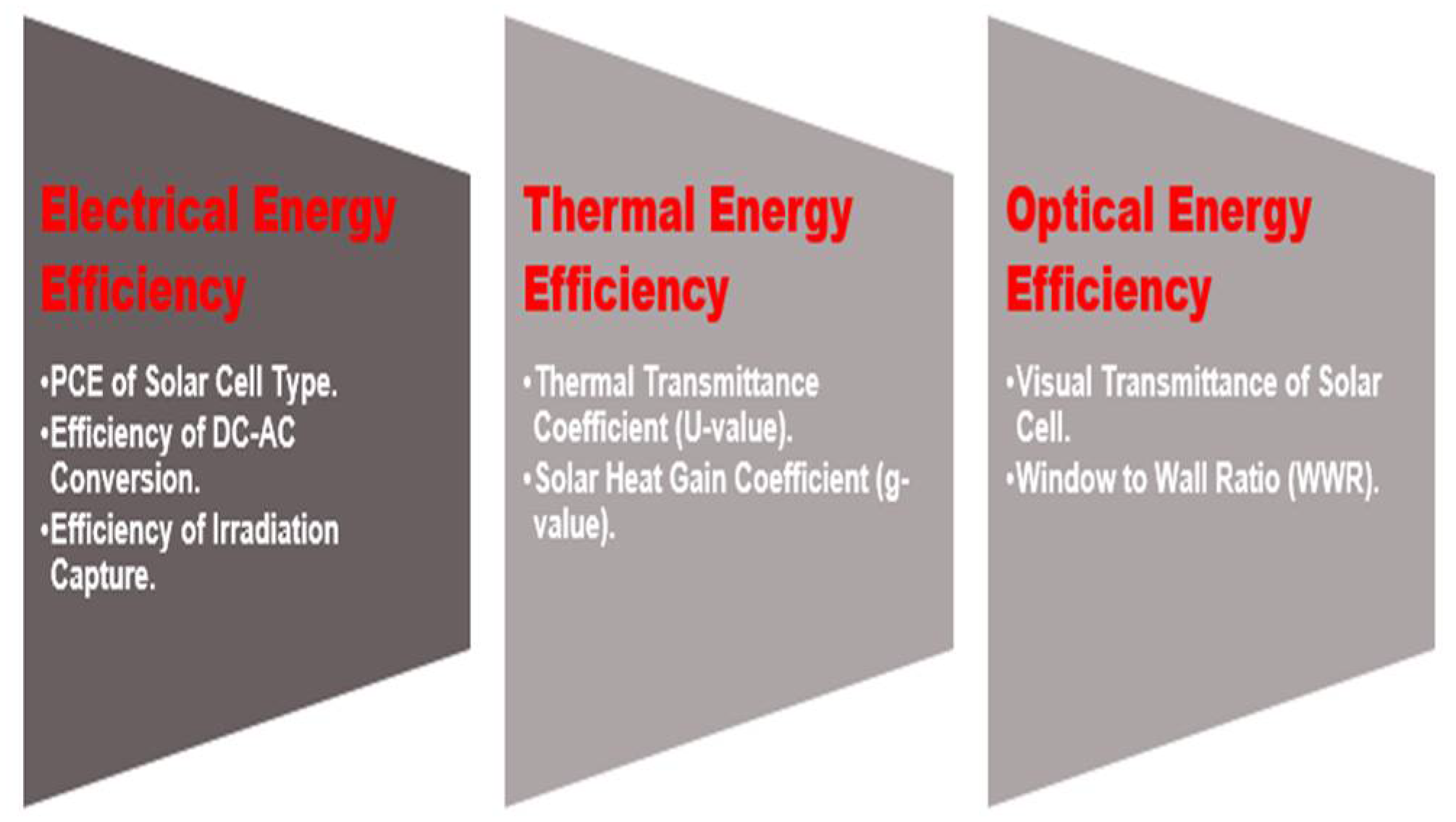



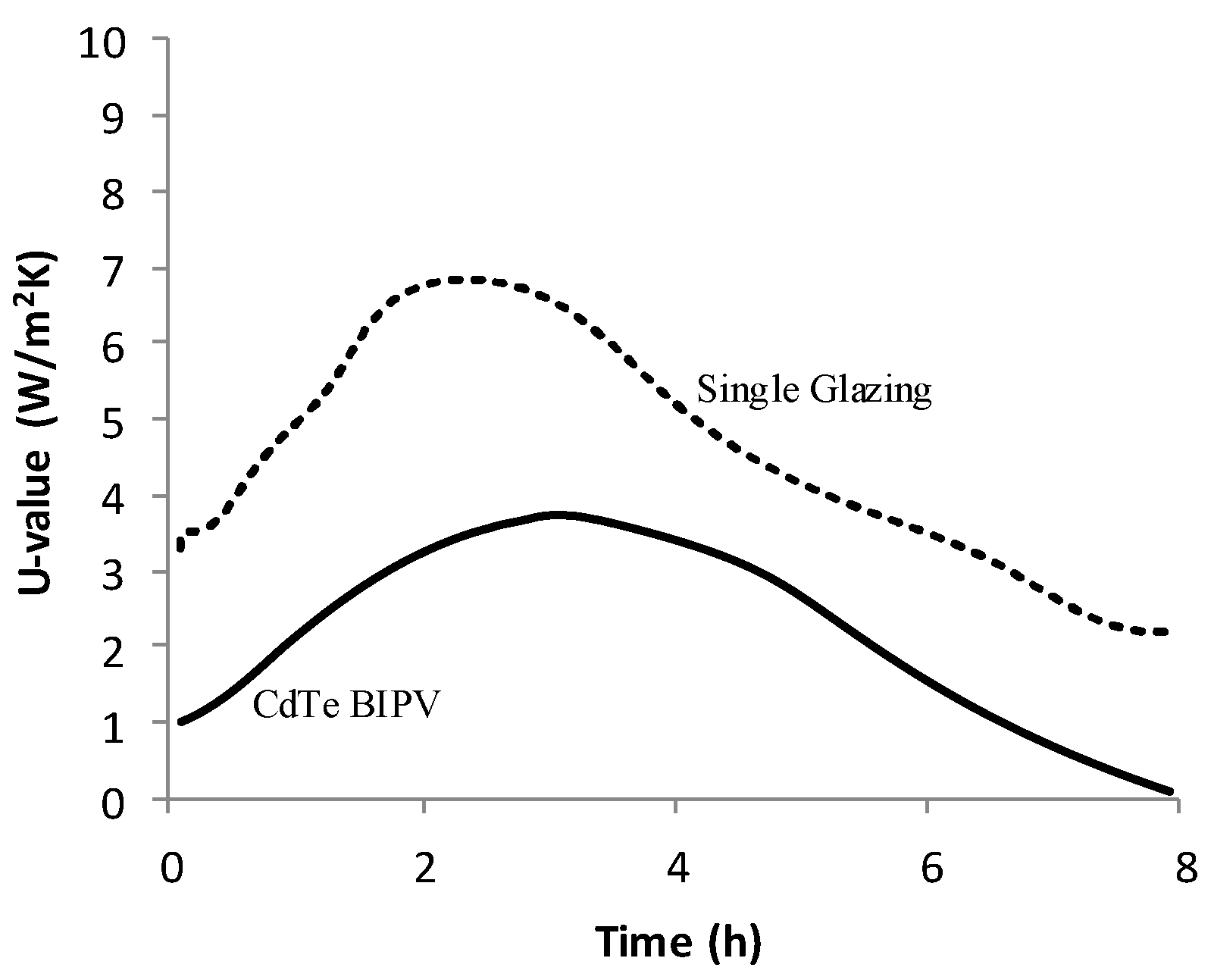

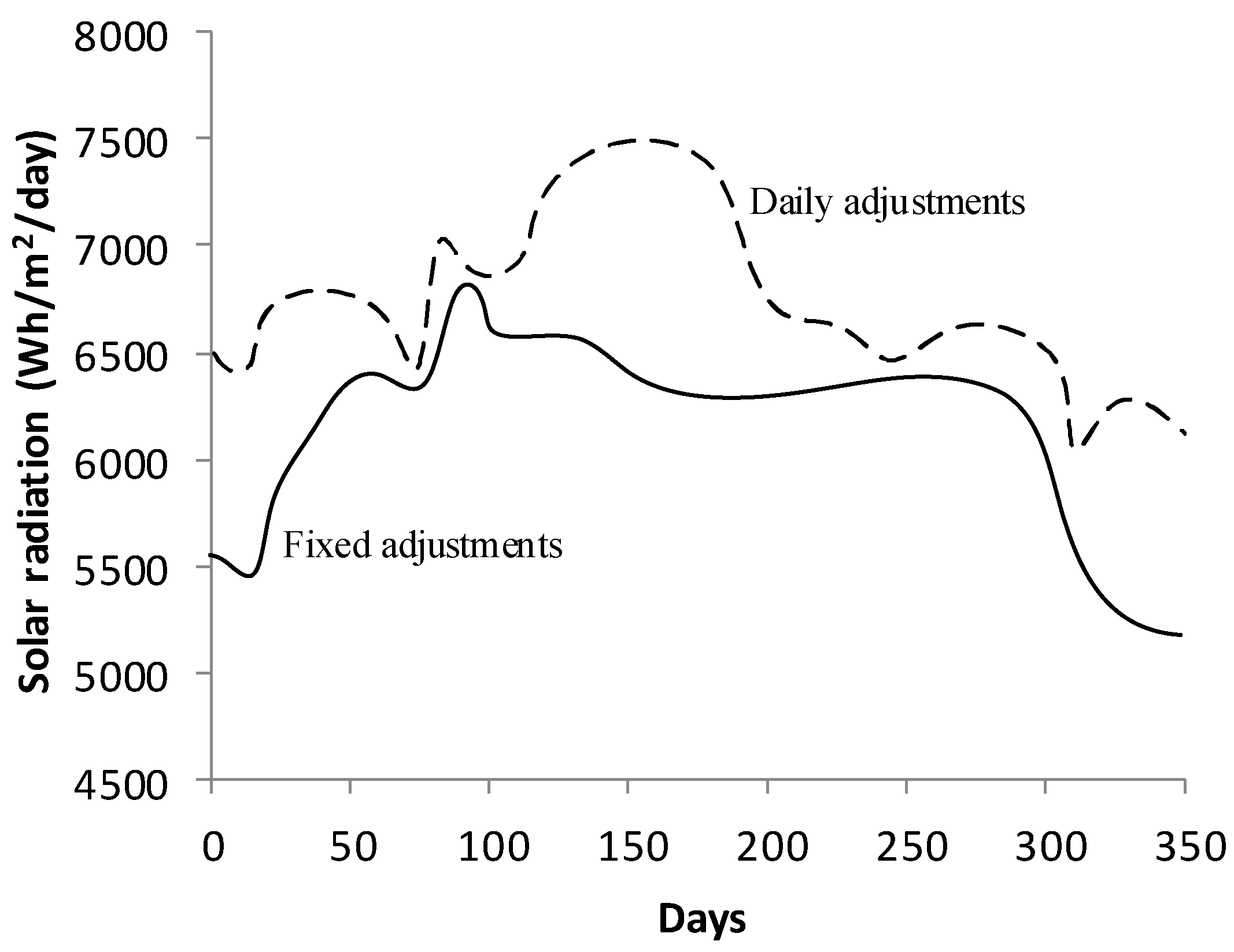


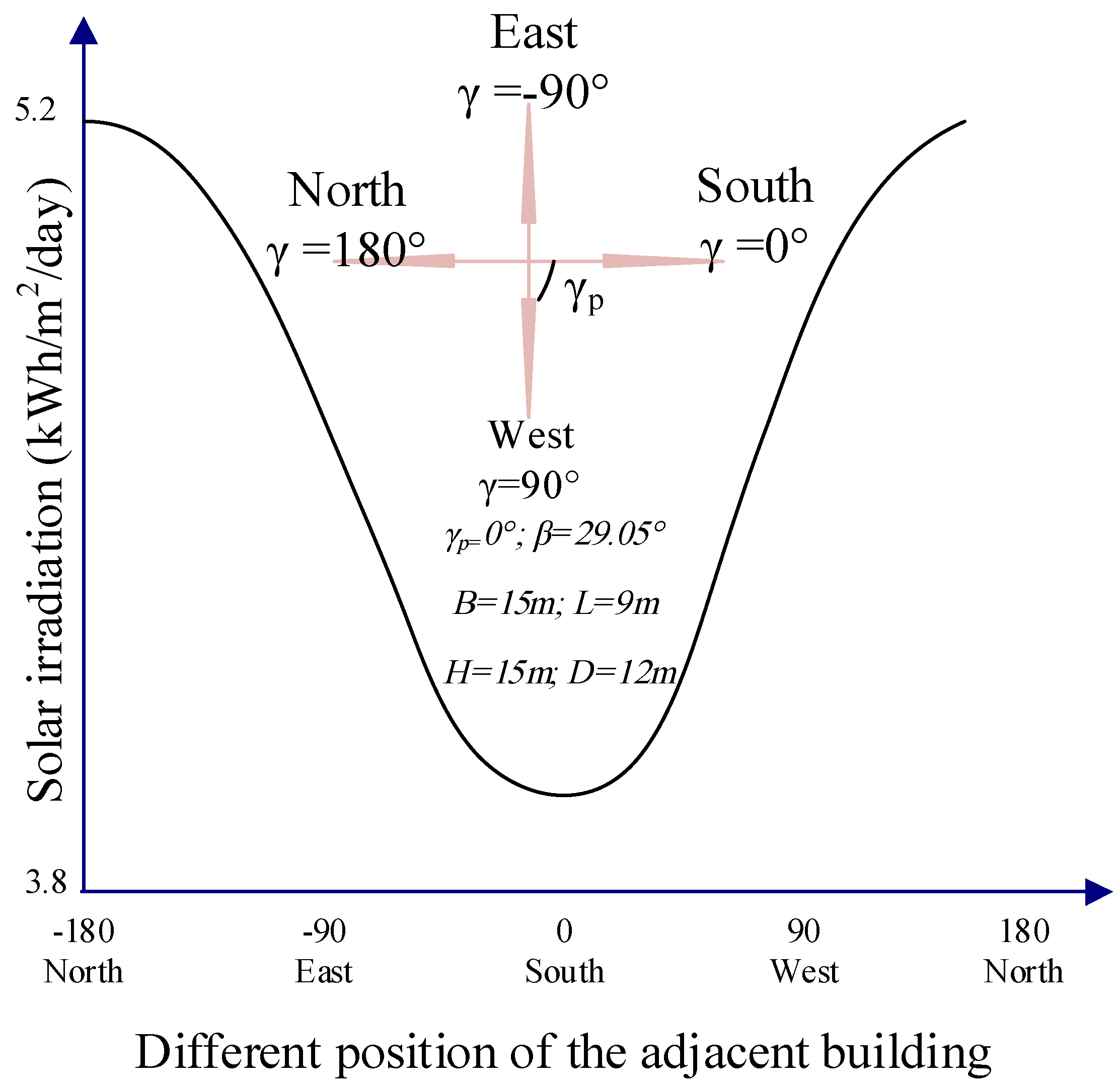
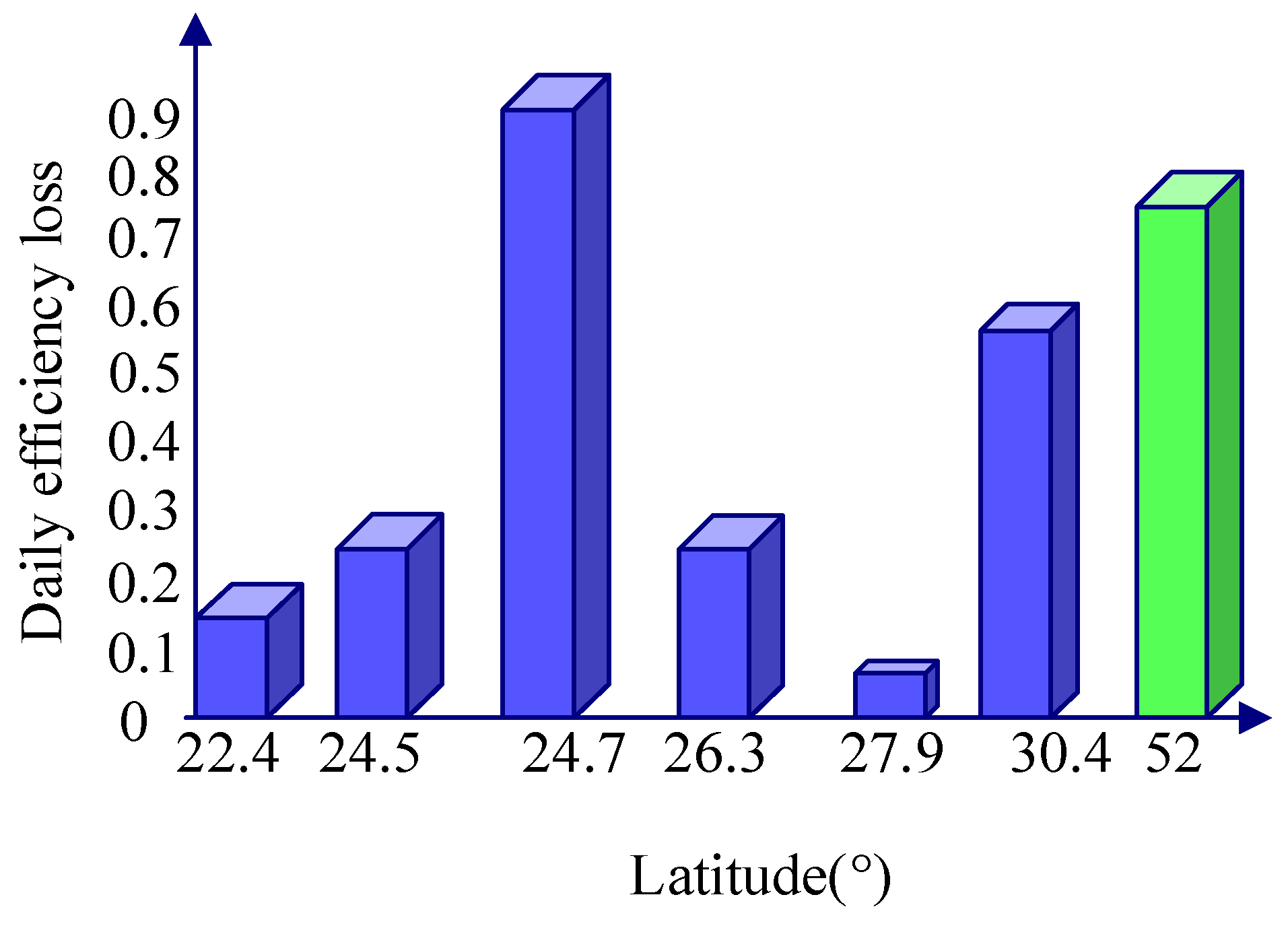
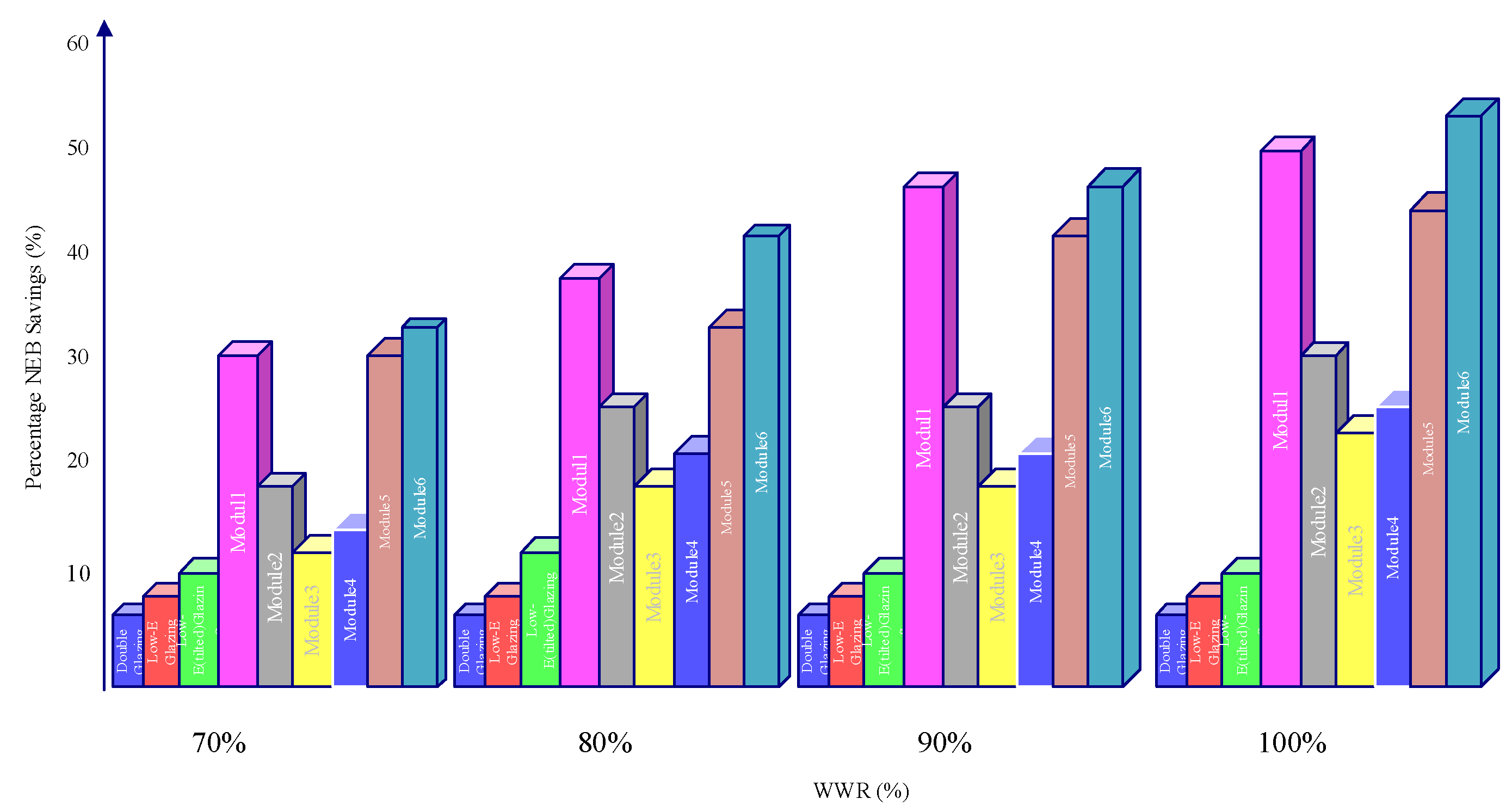
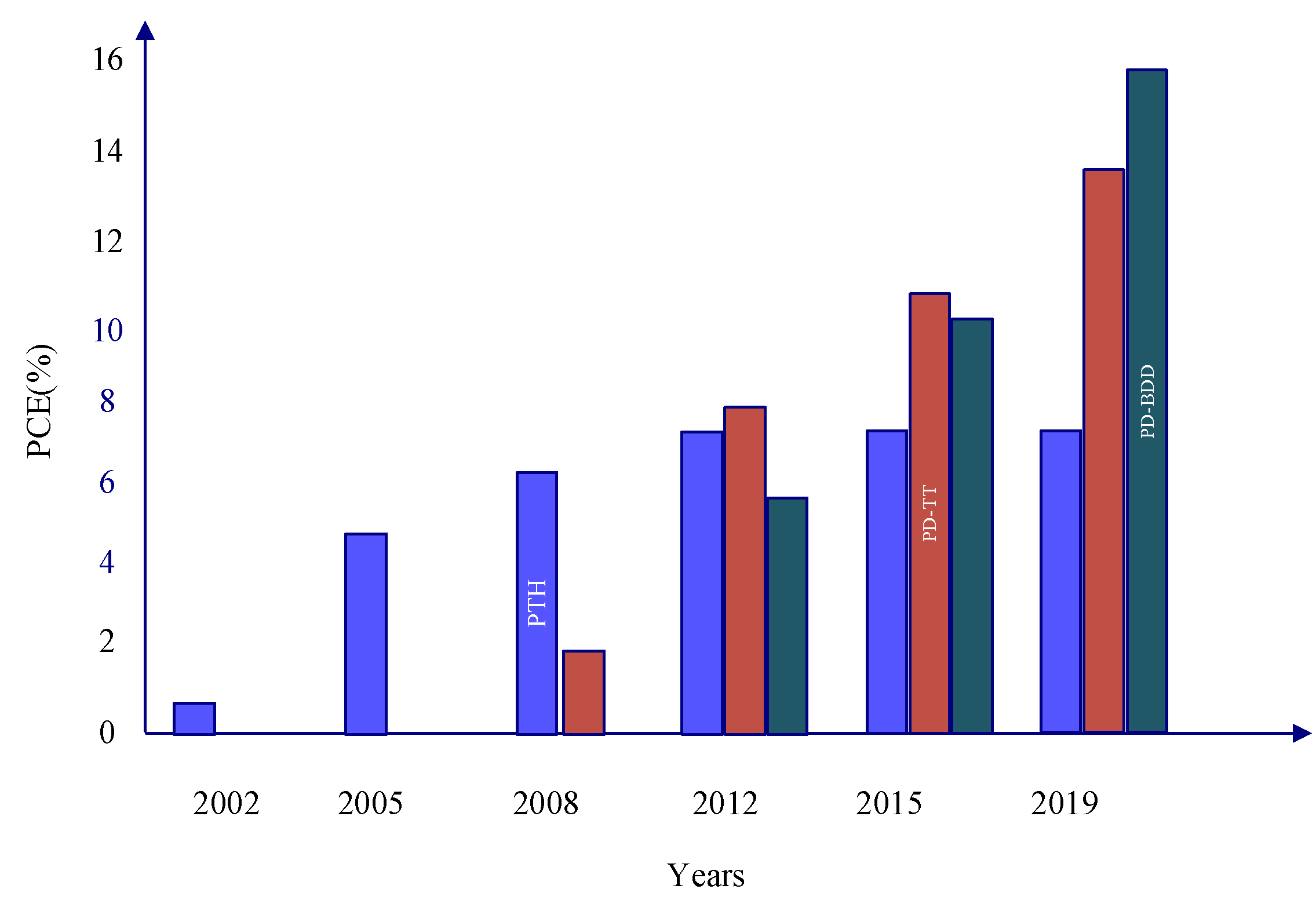
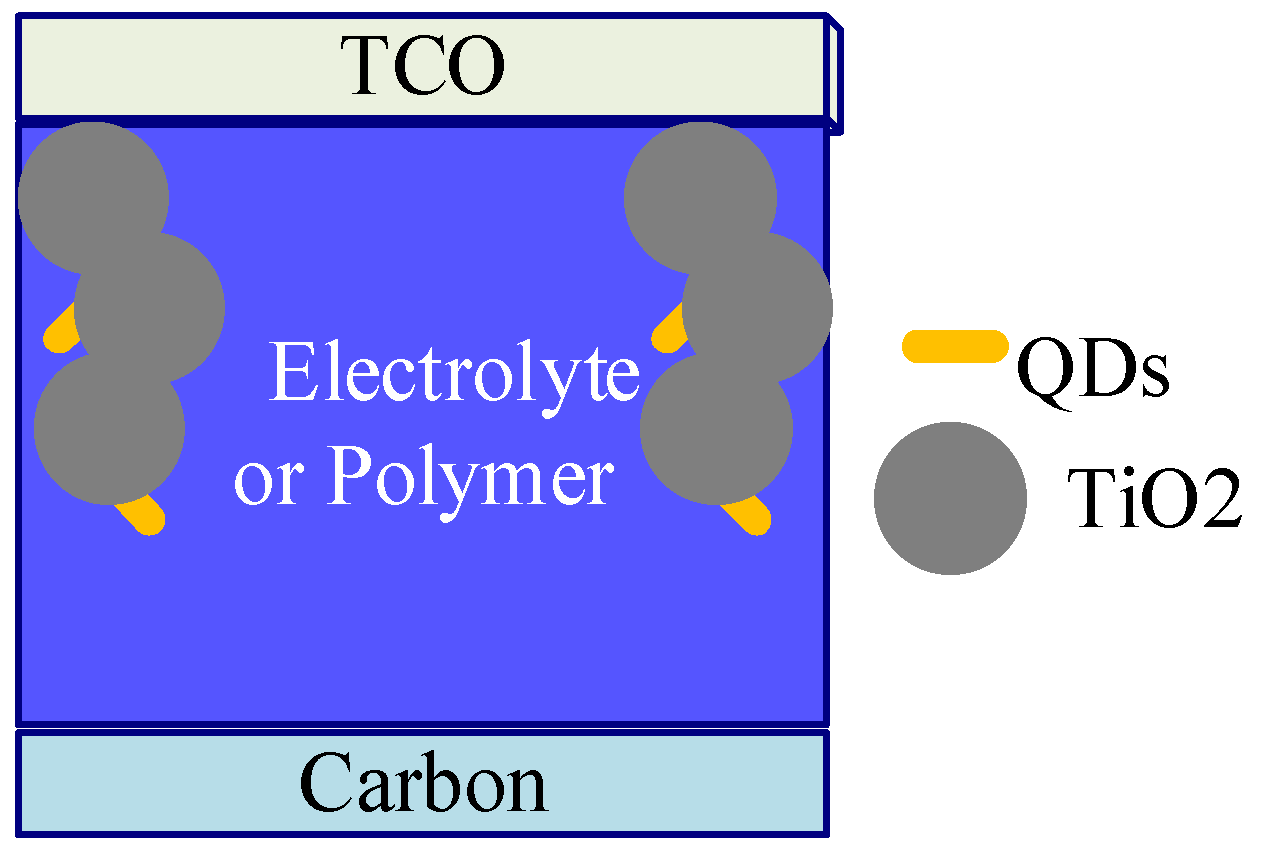
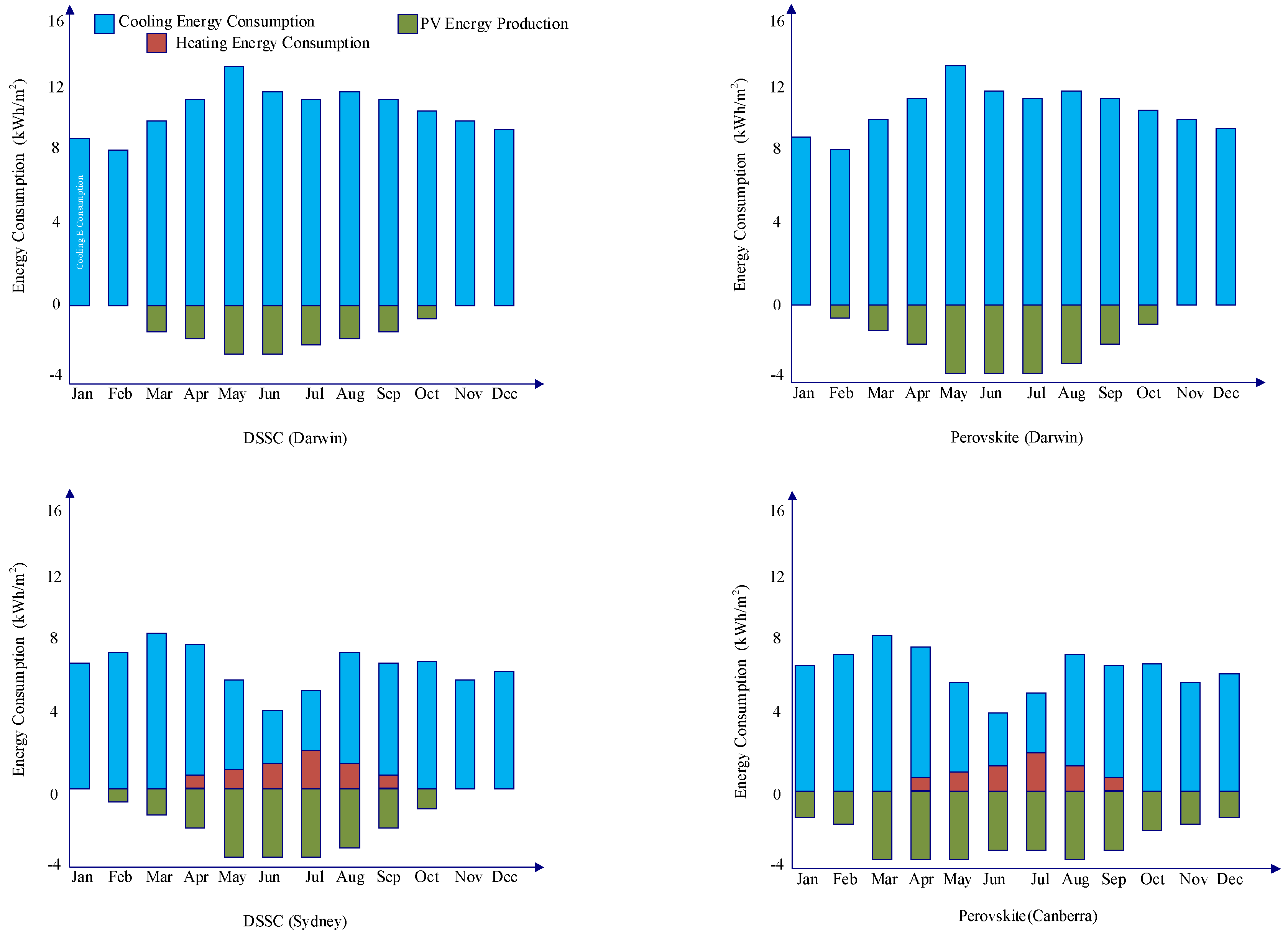
| Country | Expected Roof Area (km2) | Expected Facades Area (km2) | Expected Roof Energy (TWh/year) | Expected Facades Energy (TWh/year) | Total Expected Energy (TWh/year) | Actual Consumption (TWh/year) | Expected Demand Ratio (%) |
|---|---|---|---|---|---|---|---|
| United States | 10,096.26 | 3876.10 | 1662.3 | 418.3 | 2080.6 | 3602.6 | 57.8 |
| United Kingdom | 914.67 | 343.00 | 83.2 | 22.1 | 105.4 | 343.5 | 30.7 |
| Canada | 963.54 | 361.33 | 118.7 | 33.05 | 151.7 | 495.3 | 30.6 |
| Denmark | 87.98 | 32.99 | 7.7 | 2.1 | 10.8 | 34.4 | 31.6 |
| Finland | 127.31 | 32.99 | 11.7 | 3.1 | 14.8 | 76.5 | 19.4 |
| Germany | 1295.92 | 485.97 | 128.3 | 31.7 | 160.0 | 531.6 | 30.1 |
| Italy | 763.53 | 362.39 | 103.1 | 23.8 | 126.9 | 282.01 | 45.0 |
| Japan | 966.38 | 97.26 | 117.4 | 29.4 | 146.8 | 1012.9 | 14.5 |
| Netherlands | 259.36 | 168.31 | 25.6 | 6.2 | 31.8 | 99.06 | 32.2 |
| Spain | 448.82 | 81.04 | 70.7 | 15.7 | 86.4 | 180.17 | 48.0 |
Publisher’s Note: MDPI stays neutral with regard to jurisdictional claims in published maps and institutional affiliations. |
© 2021 by the authors. Licensee MDPI, Basel, Switzerland. This article is an open access article distributed under the terms and conditions of the Creative Commons Attribution (CC BY) license (https://creativecommons.org/licenses/by/4.0/).
Share and Cite
Khalifeeh, R.; Alrashidi, H.; Sellami, N.; Mallick, T.; Issa, W. State-of-the-Art Review on the Energy Performance of Semi-Transparent Building Integrated Photovoltaic across a Range of Different Climatic and Environmental Conditions. Energies 2021, 14, 3412. https://doi.org/10.3390/en14123412
Khalifeeh R, Alrashidi H, Sellami N, Mallick T, Issa W. State-of-the-Art Review on the Energy Performance of Semi-Transparent Building Integrated Photovoltaic across a Range of Different Climatic and Environmental Conditions. Energies. 2021; 14(12):3412. https://doi.org/10.3390/en14123412
Chicago/Turabian StyleKhalifeeh, Reza, Hameed Alrashidi, Nazmi Sellami, Tapas Mallick, and Walid Issa. 2021. "State-of-the-Art Review on the Energy Performance of Semi-Transparent Building Integrated Photovoltaic across a Range of Different Climatic and Environmental Conditions" Energies 14, no. 12: 3412. https://doi.org/10.3390/en14123412
APA StyleKhalifeeh, R., Alrashidi, H., Sellami, N., Mallick, T., & Issa, W. (2021). State-of-the-Art Review on the Energy Performance of Semi-Transparent Building Integrated Photovoltaic across a Range of Different Climatic and Environmental Conditions. Energies, 14(12), 3412. https://doi.org/10.3390/en14123412








